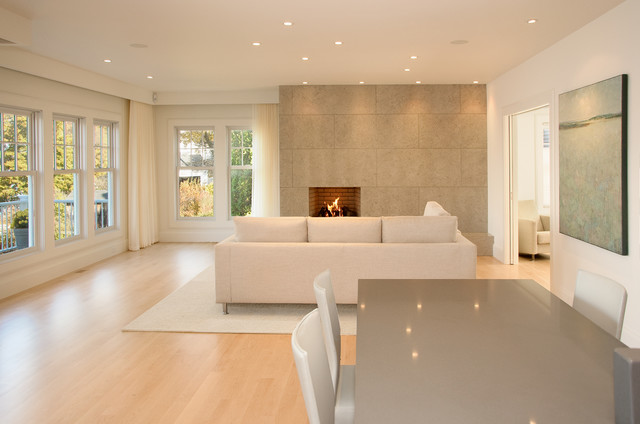
If you’re renovating the floor of your current home or looking to install sleek flooring in a new home, there are many choices available on the market. Bamboo is one material you should look into.
Bamboo is as durable as any other hardwood flooring for people who like a clean, modern look. But this type of flooring provides benefits going beyond aesthetics and beauty.
What It Is
Engineered bamboo flooring is a sturdy hardwood with a backing made of cross-laminated plywood or fiberboard. It can give a modern look to an old home or a sleek appearance to a newer one. It looks divine with furniture too.
The installation possibilities of bamboo flooring are endless. They can be floated, affixed or installed over any subfloor. You can put it in rooms prone to heat or in areas that incur a lot of foot traffic.
Types of Bamboo Flooring
There are several types of engineered bamboo flooring available on the market. Each type serves different purposes for various parts of your house:
- Solid Planks – Nail or glue puts solid planks onto the subfloor which are then sanded down and resealed. To extend the life of this type, you can have a professional refinish it.
- Woven Planks – These compose pressed resin that come in a selection of colors and patterns. Woven planks are moisture resistant and the strongest bamboo flooring available. This means refinishing is possible after years of use.
- Carbonized Strand Planks – Manufacturers boil, glue and press these down into solid planks. When carbonized, it has a gorgeous amber tone. This gives the appearance of softened wood floors.
- Laminates – Thin linings of veneered bamboo that’s either pieced together or glued in planks, giving the appearance of floating above a subfloor. This is usually very thin and the least expensive type.
Benefits vs. Pitfalls
Cleaning bamboo flooring doesn’t require harsh chemicals that could harm children and pets. All you need is mild soap and water with a mop. Whenever the wear-and-tear of the flooring becomes unsightly, you can get it refinished so long as the planks are nice and thick enough.
But there are some disadvantages to bamboo. If your home isn’t modern or contemporary, bamboo may not look right. Plus, a small range of colors are available and sit somewhere in a neutral scale. If your home has dark wood or an eccentric color palette, bamboo flooring may not be the best.
Because bamboo absorbs moisture, this can present problems in cases of humidity or if the planks weren’t treated right during production. Wet bamboo will warp, creating unevenness. Cheap planks sustain damages from the slightest dent.
Maintenance ; Care
Maintenance is going to be necessary to keep your floors in tip-top shape. There are three main points you should take into consideration:
- Regular Cleaning – At least once per week, you will have to sweep, vacuum and mop. Use mild soaps and avoid using floor wax.
- Furniture Pads – Use felt pads on all furniture legs, pegs and posts touching the flooring. If you don’t, you may find severe scratches, nicks or dents depressed after prolonged years of use.
- Warranties – Most manufacturers give a 25-year warranty on the finish of the surface. Some even offer one for 30 years. These often come with recommendations for care and maintenance. Follow these to ensure you’ll receive a refund or replacement if it ends up being defective.
Selecting a flooring for your home can be an exciting endeavor. Choosing engineered bamboo flooring might be the thing that turns your house into domestic perfection.





